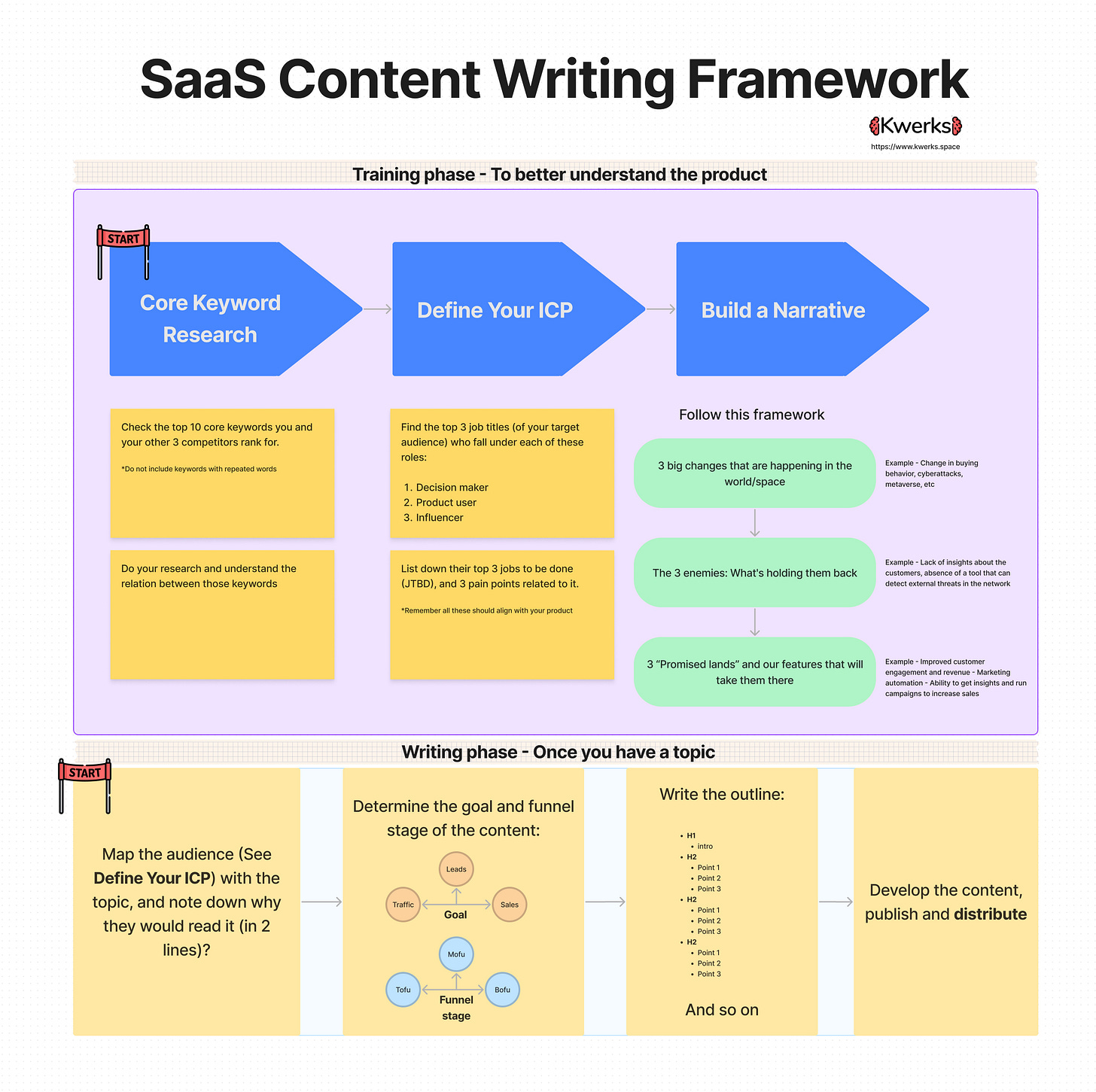⚡ Leveraging Lucky Loyalty Effect for Marketing Success
Hey!
It’s Vijay here. Welcome back (or welcome) to Kwerks. Here’s what you’ll find in today’s newsletter:
A behavioral science-based marketing tip, and
Something interesting from my swipe file.
Let’s talk marketing! - Connect with me on Linkedin.
Also, don’t forget to rate the newsletter at the end of this email. This will help me understand about you to improve your experience.
Previous Tip: Have you wondered why coupons work? (All tips here)
In today's newsletter, we're diving into a fascinating psychological bias called the "Lucky Loyalty Effect" and exploring how you can use it to boost your marketing efforts. Ready to get lucky? Let's go!
📈 Recommendation
Incorporate random rewards into your loyalty program to create excitement and anticipation, driving customers to engage more with your brand and make repeat purchases.
🎓 What do studies say?
A study led by psychologists Joseph Nunes and Xavier Drèze examined the impact of loyalty programs on consumer behavior. They provided participants with loyalty cards for a car wash service, with either eight or ten spaces to stamp. Some participants received a card with two stamps already filled in, while others received a blank card.
The results showed that participants with pre-filled cards returned more often and completed the loyalty program faster than those with blank cards. This demonstrated that the perception of progress toward a goal, even if it's artificially created, can have a significant impact on consumer behavior.
🧠 How it works
The Lucky Loyalty Effect refers to the psychological bias where customers feel that random rewards become more likely to occur the more they spend or engage with a brand. This effect can create a sense of loyalty and motivate customers to continue making purchases or taking actions to increase their chances of receiving a reward.
The Lucky Loyalty Effect works because it taps into our innate desire for rewards and our tendency to overestimate the likelihood of positive outcomes. It creates a sense of excitement and anticipation, driving us to engage more with the brand in hopes of experiencing the thrill of a "win."
🔧 How to implement this?
Introduce a loyalty program: Set up a loyalty program that rewards customers for repeat purchases or engagement. Offer a combination of predictable rewards, such as points or discounts, and random rewards to keep customers engaged and excited.
Use gamification: Add an element of fun and excitement by incorporating gamification elements into your loyalty program. For example, offer a digital scratch card or a spin-the-wheel game with a chance to win random rewards or bonuses.
Communicate the odds: Clearly communicate the chances of winning random rewards and make sure the odds feel achievable. This will encourage customers to spend more and engage more with your brand, believing that they are close to winning.
From the Swipe file archives
This is a SaaS content writing framework that I generally follow when I “write” content. In today’s age of ChatGPT content writing, this framework can now also be used for giving a prompt to an AI tool to write the exact content that we need it to.
Good luck and happy marketing! 🌟
Until next time,
Vijay | Kwerks





